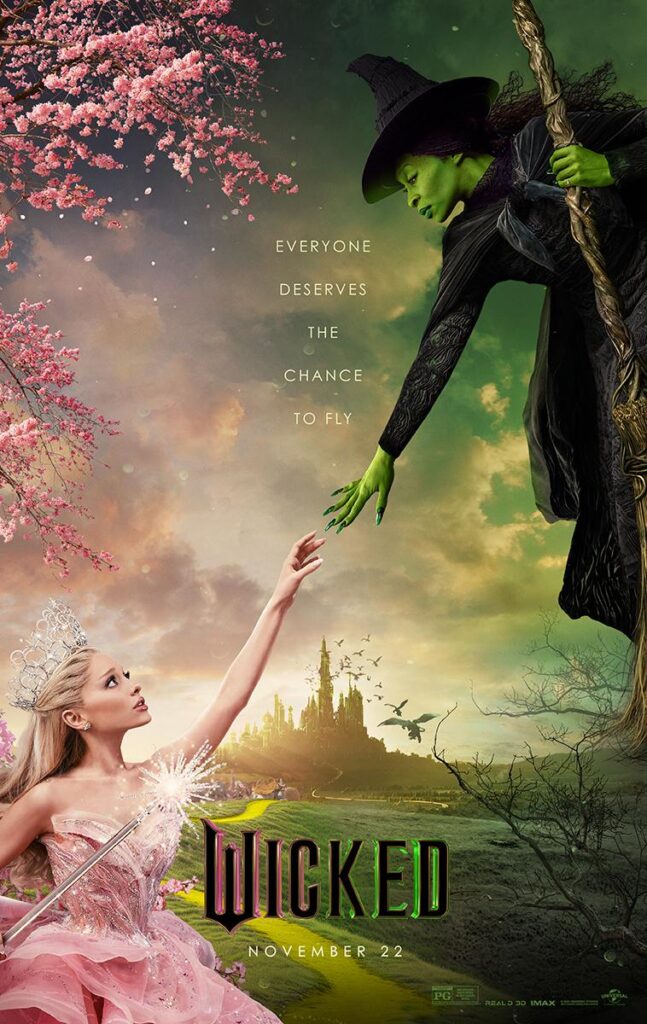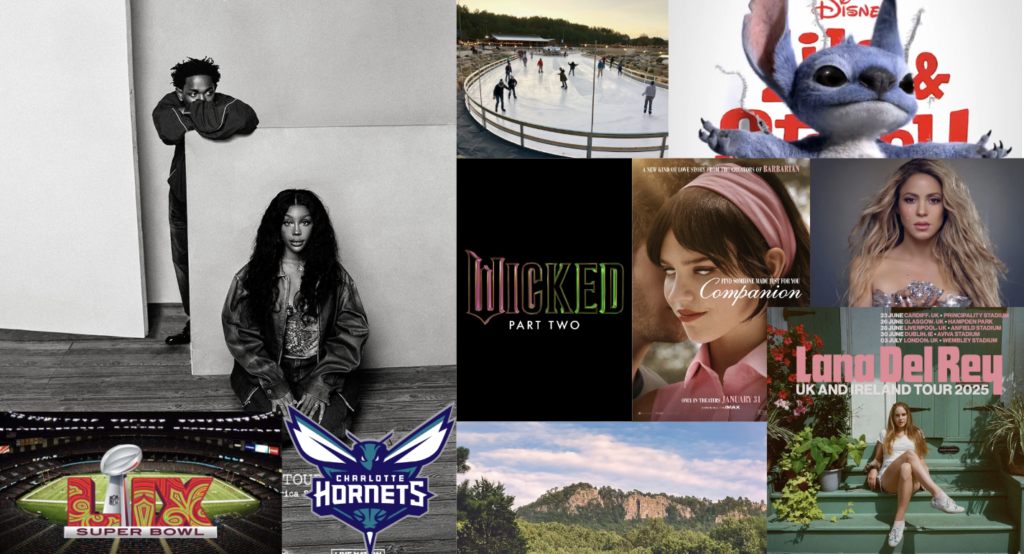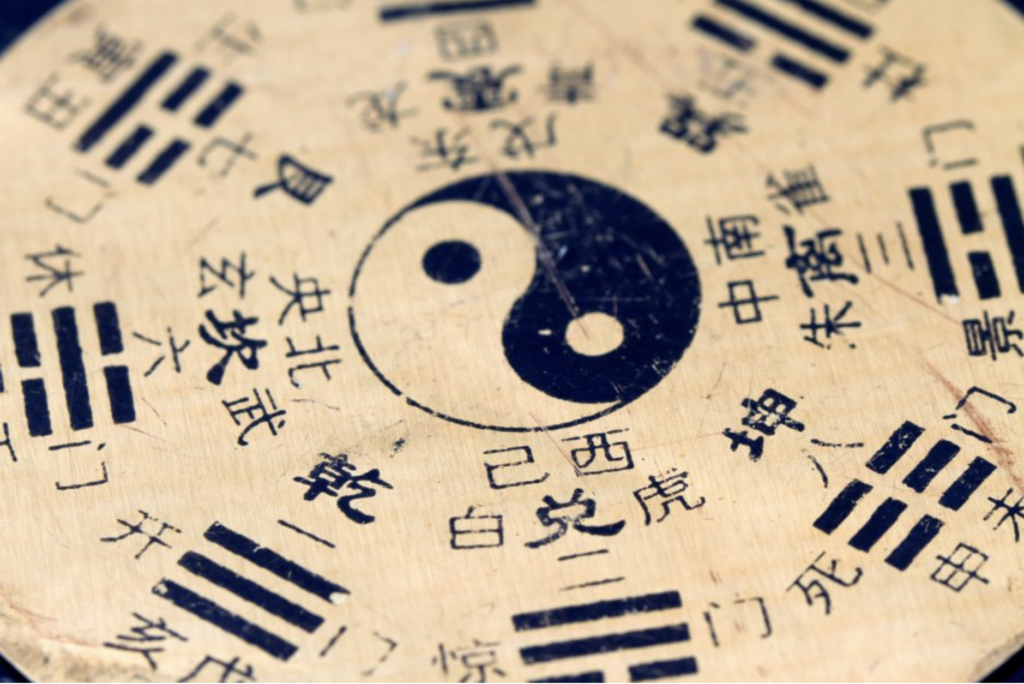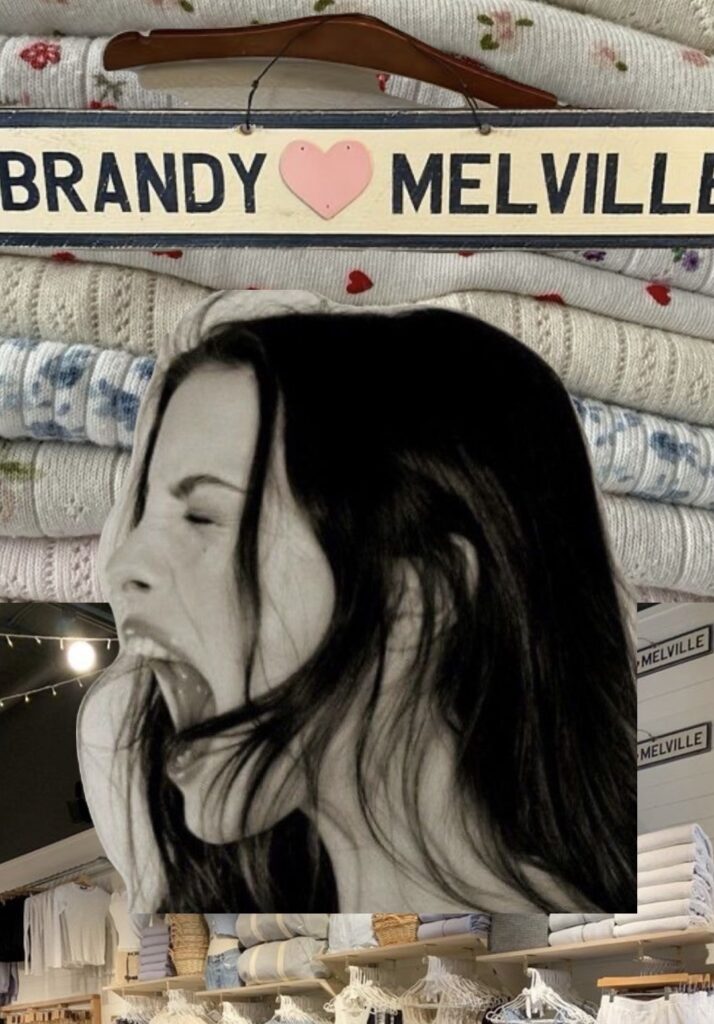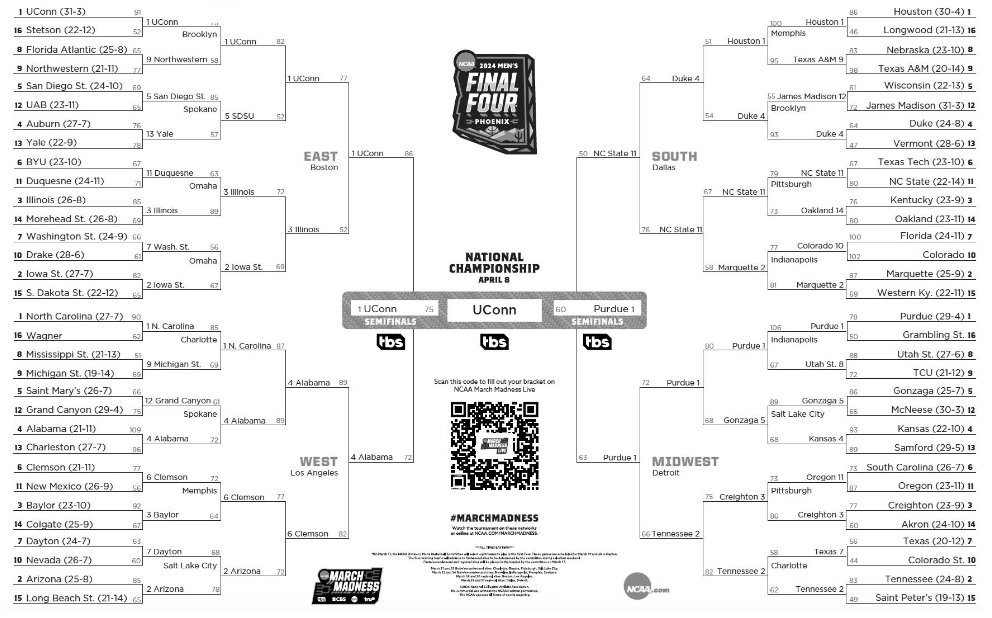
Eyebrow blindness. One of the many recent Tiktok topics that highlights another thing you’re doing “wrong” with your face. Having eyebrow blindness means your eyebrows don’t flatter or suit your face like you’re hoping. So… does Drew Starkey have eyebrow blindness? Or was he able to fix it?
The heartthrob actor recently went viral for dyeing his hair and brows bleach blond. Hair has already proven to be an iconic, defining feature of Starkey after his transformation in Outer Banks from floppy hair to a beloved buzzcut.
Many fans were very unhappy with the new look, as they found it didn’t suit him as well as his past styles. Online, swirls of videos were posted, and the comment sections flooded with words of disbelief. Videos were captioned with expressions such as “brb crying myself to sleep” and “WHY THE EYEBROWS THO”.
Starkey didn’t change his look on his own accord, though. He dyed his hair for his role in the upcoming action-thriller Onslaught, in which Starkey plays a villain, likely explaining the extremely bright hair he has for the role.
Regardless of why he dyed his hair, though, the hate he received was entirely unnecessary, and the comments posted online seemed to quickly impact the actor himself. January 4th, 2025 was the first time he was seen with the bleached look. Just three days later on January 7th, he had the same blond hair but now toned-down eyebrows that looked more like his natural ones. Online, the comments of angry fans quickly faded, as now his brows were “fixed” and everyone returned to swooning over him.
This is one example of a much bigger problem. Someone’s hair looking different doesn’t warrant another the right to say hurtful things about their appearance. Anyone can hide behind a screen and comment something cruel, hurting someone to the point they dislike themself, change things about themselves to be liked more, or begin to hate something they once loved. Just because this stops in one circumstance doesn’t mean it’s over. If Drew Starkey stepped out with his eyebrows bleached once more, those hate comments would come right back. People easily can, and have, taken cyberbullying too far.
Cyberbullying can also affect anyone. From friends to yourself, I can guarantee someone in your life has faced online bullying. According to the Annapolis Police Department, about 58% of kids admit someone has said mean or hurtful things to them online. Additionally, nine out of ten middle schoolers have had their feelings hurt online.
These are horrifying statistics. Social media is popular among people of all ages, but especially with teenagers. As statistics show, an overwhelming majority of these teens have gone online just to be greeted by hate. If you open your phone to a message degrading your appearance or personality, you start to believe it to be true.
In reality, people leave rude and unnecessary comments because of their insecurities. Because, what is the benefit of telling someone you don’t like their new hair, or that their voice is annoying, or that their makeup is poorly done? It’s hard to do, but ultimately one who is receiving hate has to take what people say about them with a grain of salt. If the hate is overwhelming, though, it may unfortunately require more patience and work to avoid it.
Additionally, the growing popularity of expressions such as eyebrow blindness, videos about how to look better, what clothes are trending, and other media that presents itself to be beneficial for you truly is not. How you look is not the most important thing about you, and as long as you take care of yourself and respect others online, you’ll be fine. So, go ahead and dye those brows whatever color you’d like– or don’t make any changes to your appearance

